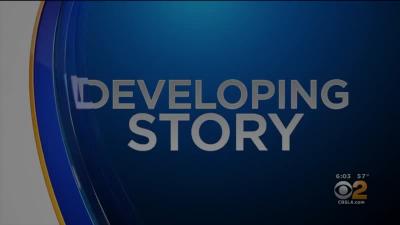

Supermax prisons are used to hold those prisoners whom prison authorities regard as the most problematic in the prison system. These facilities merge the 19th-century practice of long-term solitary confinement with 21st-century technology in ways that subject prisoners to unparalleled levels of isolation, surveillance, and control, usually for long duration, with the potential to inflict significant amounts of psychological harm. Despite a range of academic studies documenting the serious and potentially long-lasting psychological harm it may inflict, and several judicial opinions criticizing the risks it entails and significantly limiting its use, supermax prisons are still in full effect today.
Although there have been no successful cases brought to the Supreme Court alleging the use of supermax prisons being in violation of the inmate’s Eighth Amendment right, one can look at isolated factors that distinguish supermax prisons in which judges at the Supreme Court level have shown to be unconstitutional in general population prisons. This thesis examines the Eighth Amendment implications of cruel and unusual punishment within supermax prisons, through isolated factors through judicial intervention.


In the the fall semester of 2022 I took a class called HON 380: Aesthetics and Society. The question was posed: "What is beauty?" It was there I began to ponder the abstract nature of the concept of beauty. There were several different compelling theories, beauty is defined philosophically, by evolutionary principles, or by societal and cultural norms. However, I still believed that these theories didn't do enough to full satisfy the question of "What is beauty?" The different theories all neglected to talk about an integral part of beauty and what I found to be the key to defining it, it's antithesis: Ugliness.

This Project Report documents the accomplishments of an extraordinary group of students, faculty, and staff at the Arizona state University, who participated in a year-long, multidisciplinary, first-of-its-kind academic endeavor entitled “The Making of a COVID Lab.” The lab that is the focus of this project is the ASU Biodesign Clinical Testing Laboratory, known simply as the ABCTL.

Under the direction of Dr. Carolyn Compton, a group of seven Barrett honors students have embarked on a truly unique team thesis project to create a documentary on the process of creating a COVID-19 testing laboratory. This documentary tells the story of the ASU Biodesign Clinical Testing Laboratory (ABCTL), the first lab in the western United States to offer public saliva testing to identify the presence of COVID-19.